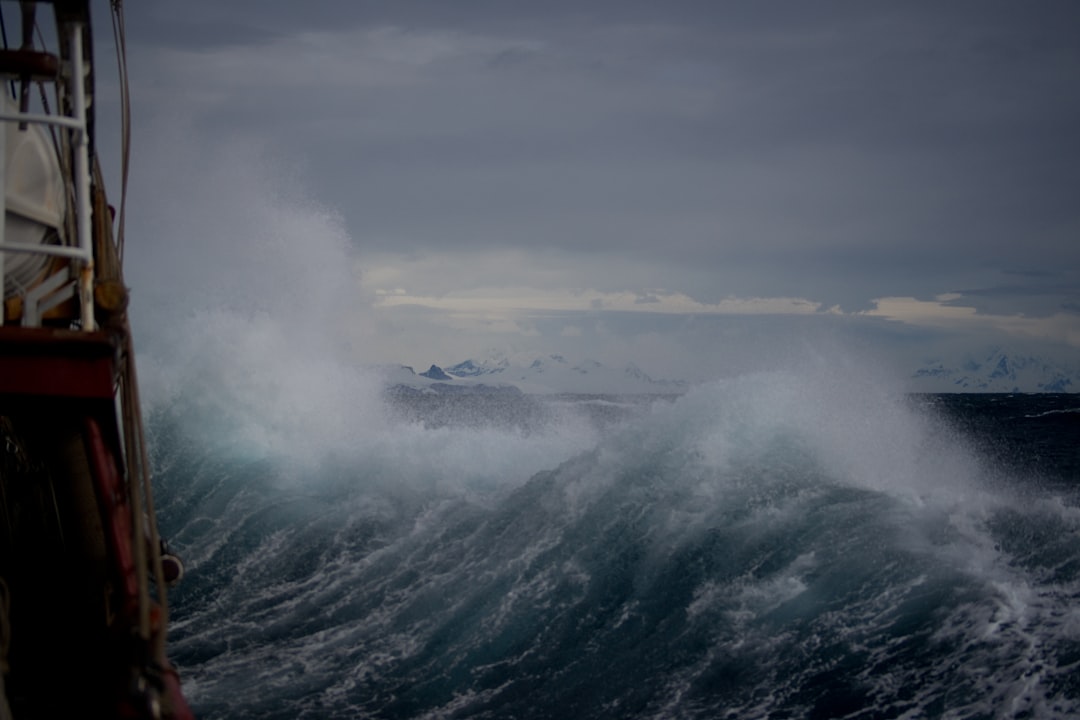What is it about?
This paper discusses the changes in Antarctic ice margins between 1997 and 2016. Change-detection technique has been employed using the RADARSAT mosaic of 1997 and the mosaic of Antarctic ice margins generated using MODIS images of 2016, with the help of ERDAS software. Hotspots, where significant changes occurred, have been identified. Following are the important results of the study. Most part of the Antarctic coast between 75° E and 45° W, covering all West Antarctica and about half of East Antarctica, has shown definite retreat during this period. Major retreats are observed over the both sides of Ross ice shelf, Ronne ice shelf, Thwaites glacier, and Mertz glacier. Major advancements are observed over Filchner ice shelf, Amery ice shelf, middle portion of Ross ice shelf, and Stancomwills glacier tongue. Over the East Antarctica, areas of advancement and retreat are nearly same. But, over the West Antarctica, the area of retreat is significantly higher than area of advancement.
Featured Image

Photo by Vicente Veras on Unsplash
Why is it important?
Changes in extent of ice shelves as well as glacier fronts are indeed good signatures of climate change. This paper essentially discusses the changes in Antarctic ice margins between 1997 and 2016.
Perspectives
This research article is a by product of good collaboration between Gujarat University and Space Application Centre (ISRO) in the field of remote sensing. I think the findings of this study would be interesting to those working in the filed of climate change and polar studies.
james m e
Read the Original
This page is a summary of: Changes in Antarctic coastline between 1997 and 2016 using RADARSAT and MODIS data, International Journal of Remote Sensing, September 2019, Taylor & Francis,
DOI: 10.1080/01431161.2019.1667550.
You can read the full text:
Contributors
The following have contributed to this page










